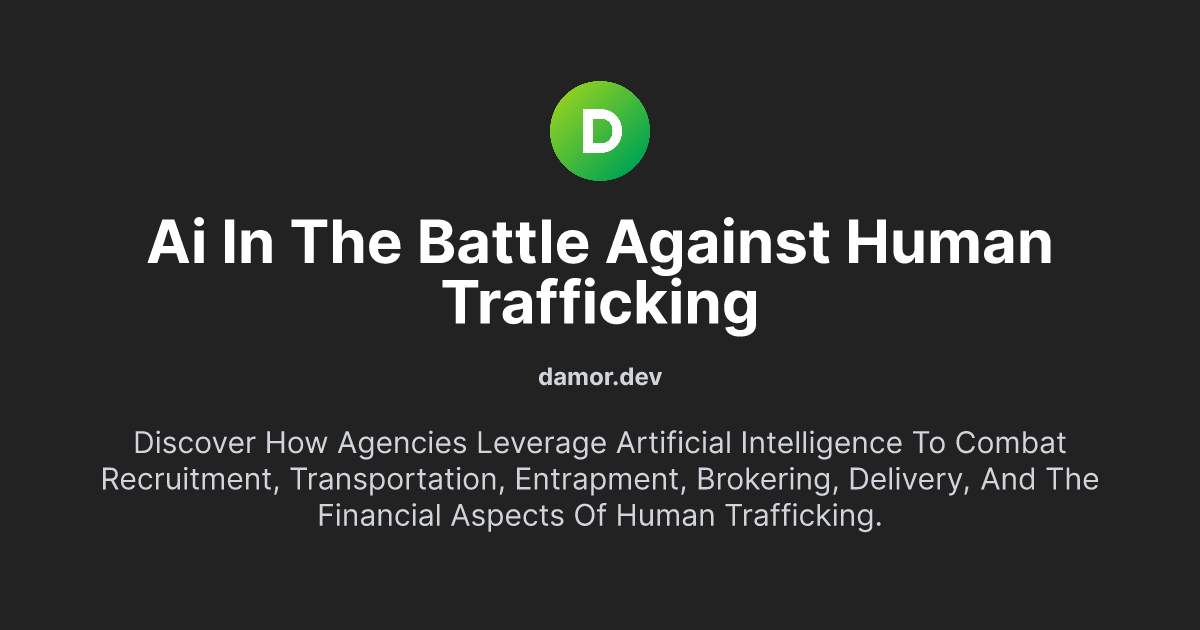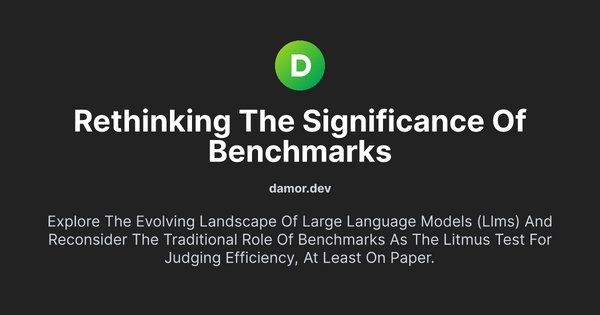AI in the Battle Against Human Trafficking

How AI Fights Human Trafficking
Human trafficking is a serious crime involving recruiting, transporting, trapping, brokering, delivering, and exploiting victims. Now, artificial intelligence (AI) plays a crucial role in helping law enforcement tackle this issue.
Desperate Search on the Dark Web
In 2017, a desperate mother used AI to find her daughter who had fallen victim to human trafficking. She discovered her daughter's online presence on a dark web platform, where she was being offered as an escort.
AI's Role in Distinguishing and Monitoring
AI helps authorities sift through vast amounts of data, particularly in online sex advertisements, to distinguish between consensual sex work and trafficking. Law enforcement monitors websites like skipthegames.com and backpage.com, analyzing millions of records for suspicious activity.
- Deceptive Recruitment Behaviors: AI and machine learning identify deceptive recruitment behaviors in online ads. For instance, ads for escort or modeling services without explicit mentions of sex services, but linked to the same contact information in multiple sex sales ads, raise red flags.
Advanced Algorithms and Initiatives
Collaborations between academia and law enforcement have led to the development of advanced algorithms. These algorithms extract specific signatures from images associated with trafficking networks.
- Traffic Jam: Researchers at Carnegie Mellon University created an AI tool called Traffic Jam, which uses facial recognition and geospatial software to compare images uploaded by hotel guests to a database of known trafficking locations.
- DARPA’s Memex Program and IBM’s Traffik Analysis Hub: These initiatives analyze vast datasets from social media, online ads, and the dark web to detect high-risk locations and patterns.
Machine Learning in Tracking Activities
Machine learning and AI tools are essential in tracking activities associated with high-risk global sex trafficking. This analysis helps create a comprehensive understanding of trafficking networks.
Collaboration and Supply Chain Disruption
A strategic approach involves collaboration between jurisdictions involved in recruitment and sales. By disrupting the supply chain from both ends, law enforcement can enhance the success rate of arrests without overburdening resources.
- Global Emancipation Network’s Minerva: AI-powered platforms facilitate cross-border collaboration among anti-trafficking organizations.
Money Trail and Financial Institutions
Identifying money trails is crucial in fighting trafficking, and AI helps trace Bitcoin pathways or bank transactions. Financial institutions are urged to join the fight.
- Canada's "Project Protect": Initiatives like this rally financial institutions to launch anti-money laundering efforts.
Fintech's Role and Ongoing Challenges
Fintech companies, such as QuantaVers, use machine learning to detect potential criminal activities within financial transactions.
- Liberty Asia: Organizations provide critical on-the-ground intelligence to banks, helping them track and identify traffickers globally.
This crackdown on illicit funds has resulted in significant fines for banks, but it's just a fraction of the $150 billion illicit industry. AI continues to be a powerful ally in the ongoing fight against human trafficking.


![[Solved] ZlibError:zlib:
unexpected end of file - payload](/content/images/size/w600/2024/02/Screenshot-2024-02-18-143905.png)


